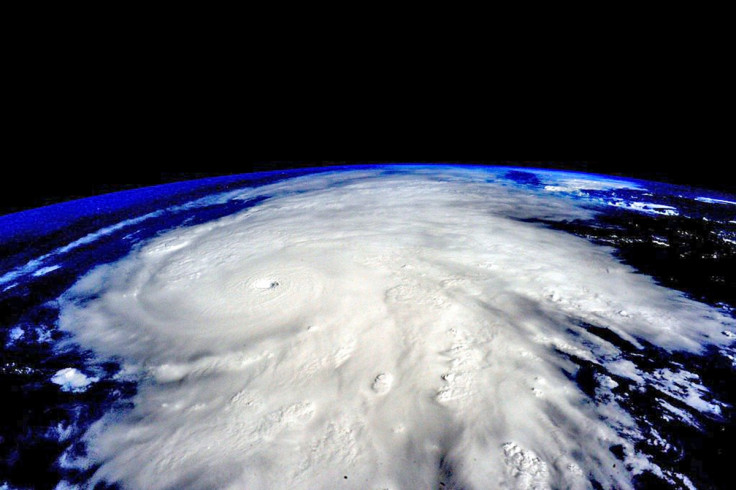Nasa to launch sounding rocket Fortis to study extra galactic dust

Nasa is set to launch its sounding rocket Fortis from the White Sands Missile Range in New Mexico in December 2015. The American agency's rocket will study how atoms function in space.
Fortis – Far-ultraviolet Off Rowland-circle Telescope for Imaging and Spectroscopy – is being launched by Nasa so that researchers can study the galaxy NGC 1365, which is also known as The Great Barred Spiral Galaxy. An instrument called a spectrograph will be used by Fortis to split light emissions from NGC 1365 into composites of wavelengths. This in turn will create an image of sort, called the spectrum.
Scientists at Nasa also want to study the way by which materials move in space. They will study the wavelength of light emitted and absorbed by hydrogen atoms in space and how they determine the flow of material, in and out of the galaxy.
The primary investigator for Fortis, Stephan McCandliss, from Johns Hopkins University in Baltimore, Maryland said, "Star-forming galaxies like NGC 1365 are swallowing mass from the intergalactic medium, and that material becomes stars. When these new stars ignite, they heat the surrounding gas and dust, making it emit light in these particular wavelengths."
Nasa expects Fortis to fly to an altitude of around 173 miles, recording data about every six minutes. Fortis will be flying on a sub-orbital sounding rocket called the Black Brant IX. Upon reaching the estimated altitude, in the first 30 seconds, the rocket's auto-targeting system will pick out 40 of the brightest targets within the galaxy NGC 1365.
Focusing on these specific regions, Fortis will make a sweep of the region to collect data, specifically focusing on far ultraviolet wavelengths of light. The rocket will be using a micro-shutter array that has been developed for Nasa's James Webb Space Telescope to collect all of its data.
In comparison to launching a full scale satellite mission, sounding rockets are believed to be a low cost way by which to study materials in space and collect data. Scientists claim that observations of such kinds can only be made from space because far ultraviolet light is absorbed by Earth's atmosphere.
The sounding rocket program is managed by Nasa's Heliophysics Division and the space agency's Goddard Space Flight Center's Wallops Flight Facility in Virginia is providing support for the launch of Fortis.
© Copyright IBTimes 2025. All rights reserved.






















